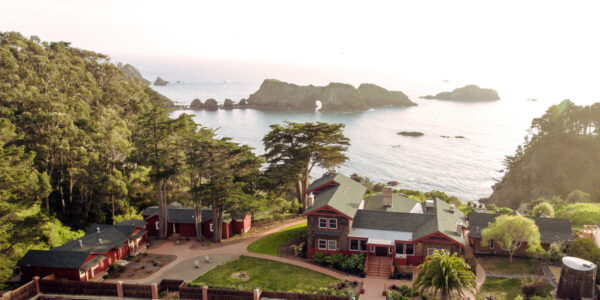
Southwest Checklist
What to do in your garden in July

Thomas J. Story
PLANTING
Lavender. Plant these lavender hybrids for fragrant flowersand foliage texture: ‘Grosso’ (violet-blue flower spikes that drywell), ‘Hidcote Giant’ (plump, deep violet spikes), and ‘Provence'(light violet flowers ideal for sachets). In Sunset climate zones 1a3b, grow them in containers. Inzones 1013, grow them in well-drained garden soil.
Permanent plants. Zones 1a3b: Plant perennials now soplants can get established before winter. Consider tough trees andshrubs like juniper, Mexican buckeye ( Ungnadia speciosa), Russian hawthorn ( Crataegus ambigua), and silverberry ( Elaeagnus commutata). Zones 1013: Set outdrought-tolerant trees and shrubs such as acacia, Apache plume ( Fallugia paradoxa), chaste tree ( Vitex agnus-castus), and palo verde ( Cercidium ‘Desert Museum’).
